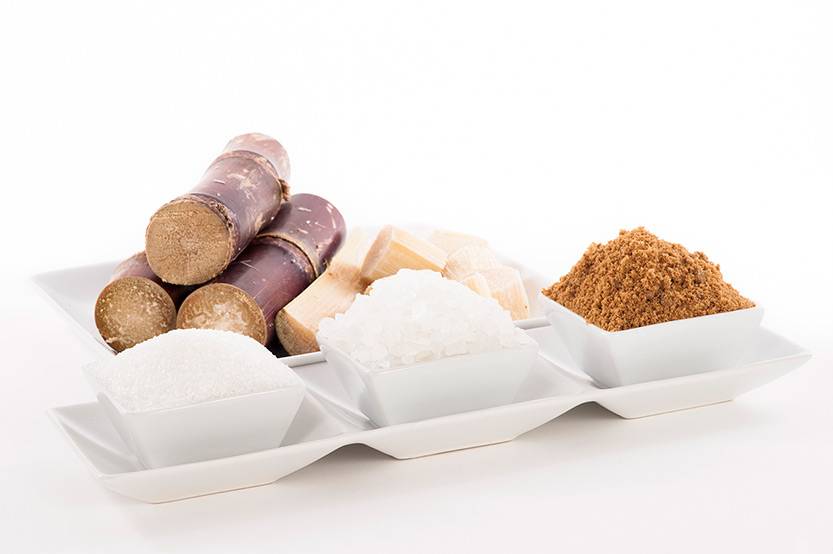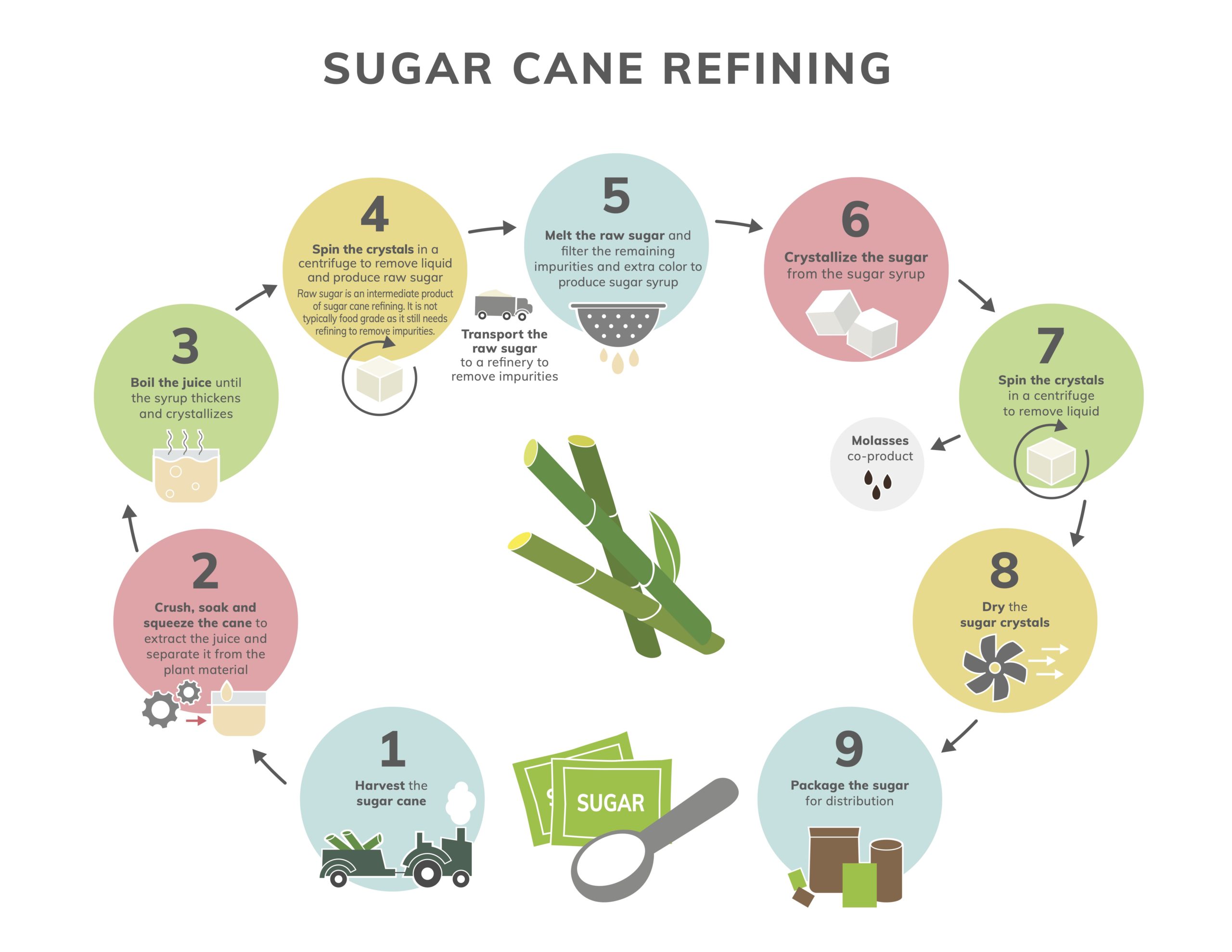Maximizar Rendimientos Y Minimizar Costos: Estrategias Avanzadas Para La Optimización Química Del Procesamiento De Azúcar De Caña
In the world of walking cane sugar handling, the search of taking full advantage of yields while concurrently lessening expenses stands as a powerful difficulty that requires a tactical blend of innovative chemical optimization strategies. Among this complex web of methods lies the guarantee of unlocking untapped possibility and changing the extremely essence of sugar production.
Chemical Evaluation for Effectiveness
Chemical analysis plays a crucial duty in boosting the effectiveness of sugar cane processing by giving vital insights into the composition and residential properties of the raw materials. By conducting thorough chemical analyses on sugar walking cane examples, processors can establish the precise focus of sucrose, glucose, fructose, and various other elements present in the raw product. This information is essential for enhancing the various phases of the sugar cane handling chain, from crushing to crystallization.
In addition, chemical analysis makes it possible for processors to recognize pollutants such as natural acids, proteins, and minerals that can influence the high quality and return of the final sugar item. By quantifying these contaminations, processors can carry out targeted strategies to get rid of or mitigate their impacts, eventually improving the general performance of the processing plant.
In addition, chemical analysis helps with the surveillance of process specifications such as pH, temperature, and viscosity, permitting cpus to make real-time adjustments to make sure optimum conditions for sugar extraction and formation. Overall, a thorough understanding of the chemical structure of sugar walking cane is important for making the most of yields, lessening prices, and maintaining high product high quality in the sugar manufacturing sector.

Enzyme Utilization for Boosted Returns
With a tactical strategy to enzyme usage, sugar walking stick cpus can substantially boost their yields while preserving functional efficiency in the production procedure. Enzymes play a crucial function in sugar walking cane handling by breaking down complicated carbohydrates into less complex sugars, hence increasing the overall sugar extraction performance. By integrating details enzymes tailored to target the different elements of sugar walking cane, such as cellulose and hemicellulose, cpus can improve the release of sugars during extraction.
Enzyme use provides the advantage of taking full advantage of sugar returns from the raw material while reducing the energy and sources needed for handling. With careful choice and application of enzymes, sugar walking cane cpus can enhance their operations to attain greater yields and success.
Ph Control for Optimal Handling
Enzyme utilization for raised returns in sugar walking cane processing lays the structure for resolving the crucial element of pH control for ideal handling performance. Maintaining the suitable pH level throughout numerous phases of sugar walking cane handling is essential for making best use of yields and minimizing costs. By thoroughly monitoring and adjusting the pH levels at different processing actions, sugar walking cane cpus can boost sugar recuperation prices, lower chemical usage, and maximize the general production procedure.
Advanced Filtering Methods
Carrying out innovative filtering methods in sugar walking stick handling improves the effectiveness and purity of the final item via improved separation methods. By incorporating cutting-edge filtration Read More Here technologies, such as membrane layer purification and triggered carbon filtration, sugar walking cane handling plants can accomplish higher degrees of sugar healing and enhanced quality assurance.

Turned on carbon filtering is another advanced strategy that aids in the removal of colorants, off-flavors, and residual contaminations from sugar walking stick products. By making use of triggered carbon's adsorption residential properties, this filtering method boosts the clearness and taste of the sugar, satisfying the high standards demanded by customers and sector regulations.
Energy-Efficient Purification Techniques
Energy-efficient purification techniques are crucial for maximizing the sugar walking stick handling industry's power intake while preserving high-quality product criteria. Conventional distillation processes can be energy-intensive, causing higher production prices and environmental effects (Cane Sugar Processing Chemicals). Applying energy-efficient distillation techniques, such as vacuum cleaner distillation or molecular distillation, can significantly lower energy demands while improving general process performance
Vacuum purification includes reducing the pressure within the distillation system, which reduces the boiling factor of the fluid mixture being processed. This reduction in boiling point lowers the energy needed for vaporization, leading to power financial savings contrasted to conventional distillation methods.
On the other hand, molecular distillation makes use of short path distillation techniques under high vacuum conditions to separate compounds based on their click site molecular weight. This method is especially efficient for heat-sensitive compounds, as it operates at lower temperatures, minimizing energy usage and protecting product high quality.
Final Thought
